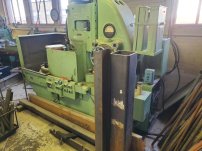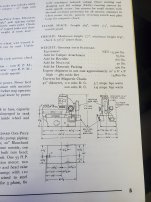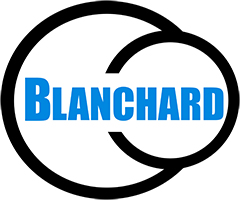So I bought an old 18-36 Blanchard today.
I can get it loaded, but I need to Unload it using some exciting combined forklift and crane action.
Does anyone know how to lift a Blanchard with a crane?
I'm also very interested in learning how to tram the spindle and hearing any Blanchard tips and tricks.
Thanks!


I can get it loaded, but I need to Unload it using some exciting combined forklift and crane action.
Does anyone know how to lift a Blanchard with a crane?
I'm also very interested in learning how to tram the spindle and hearing any Blanchard tips and tricks.
Thanks!





